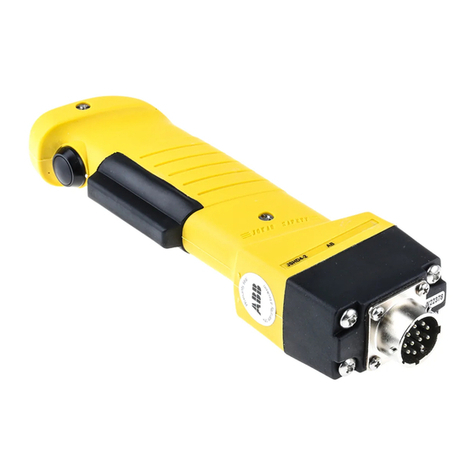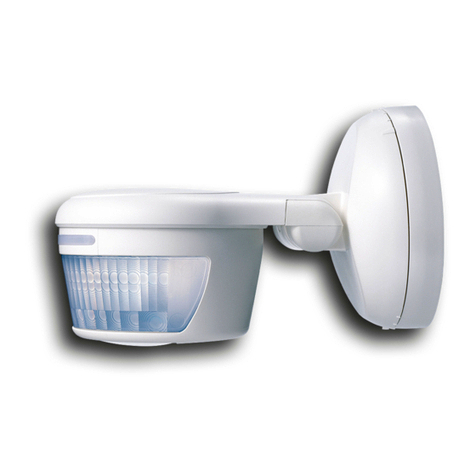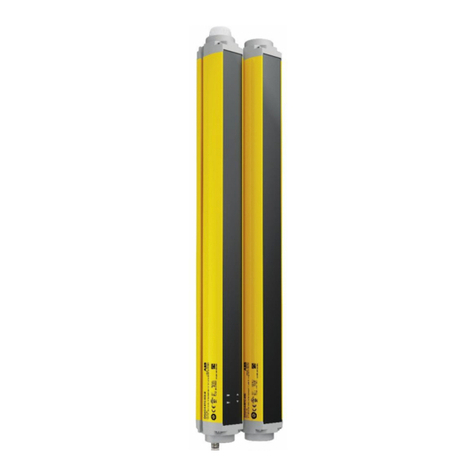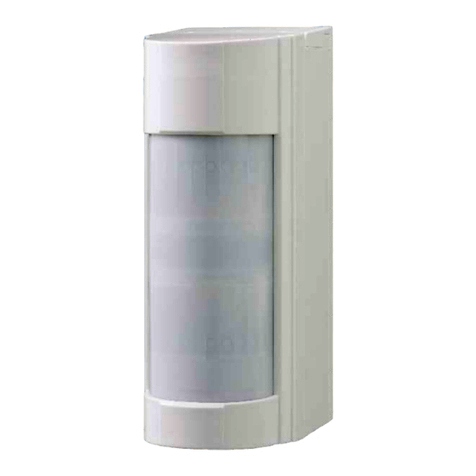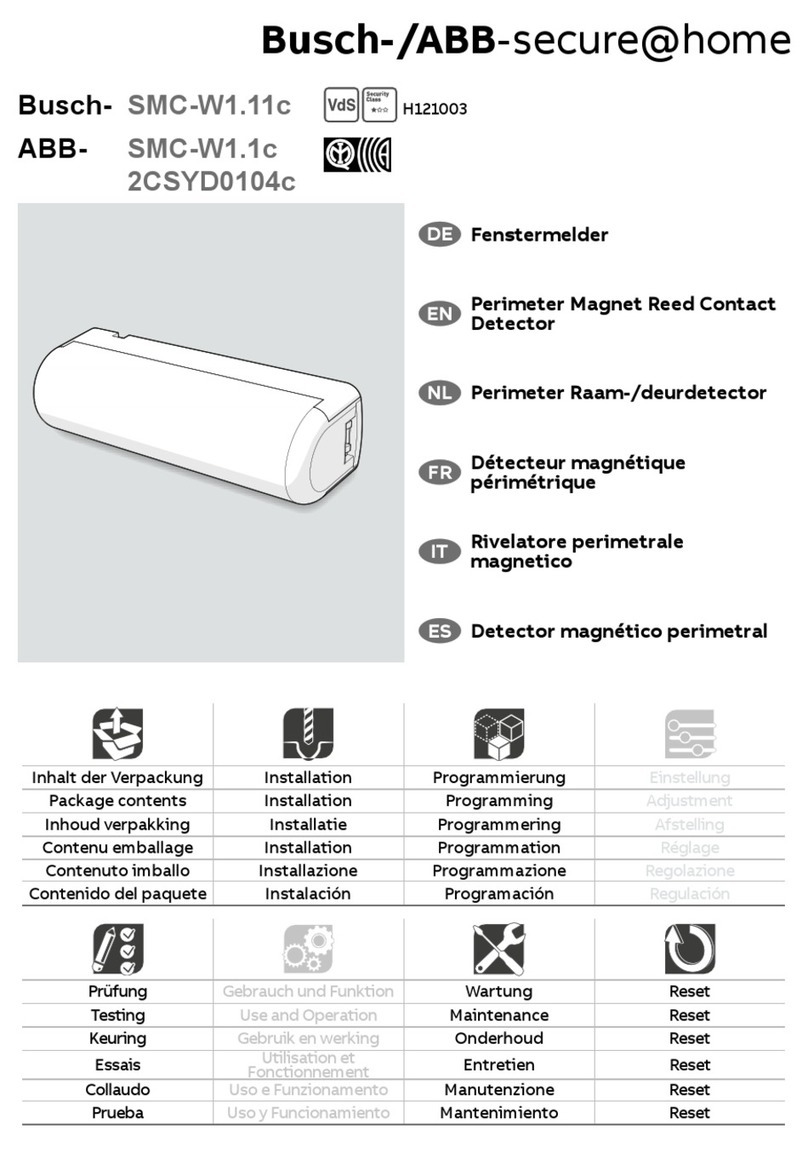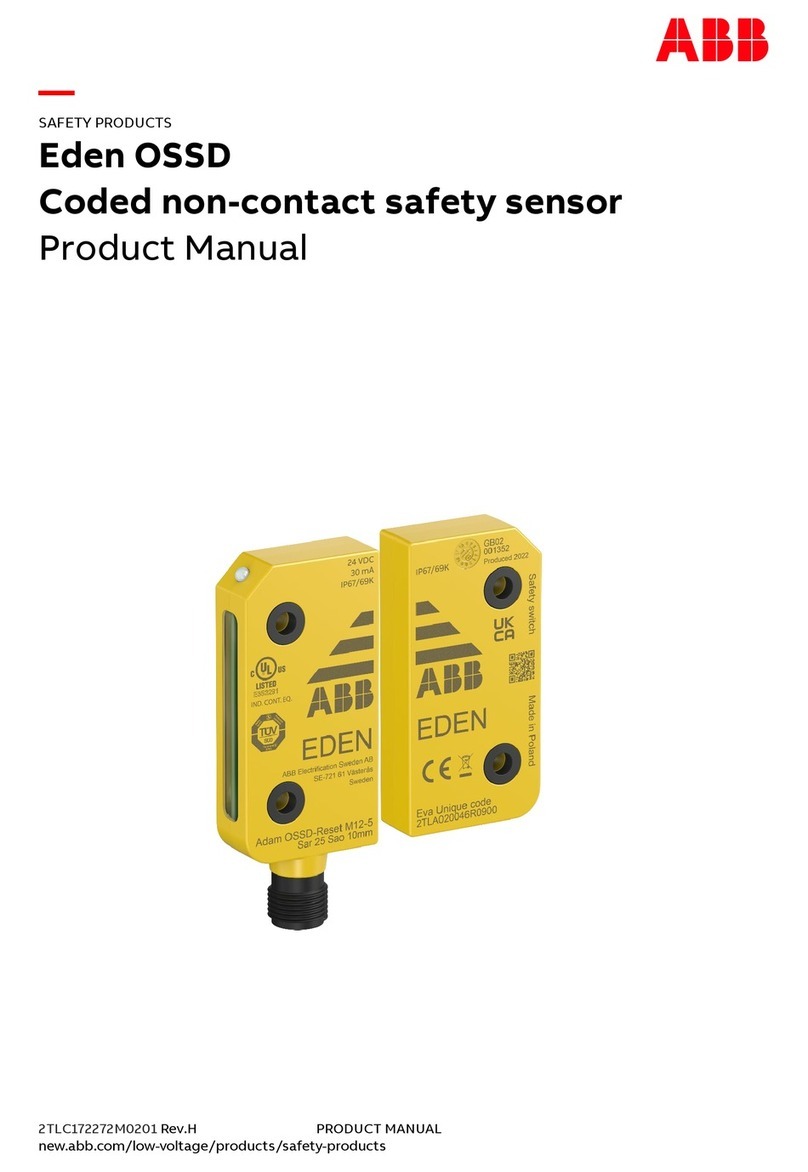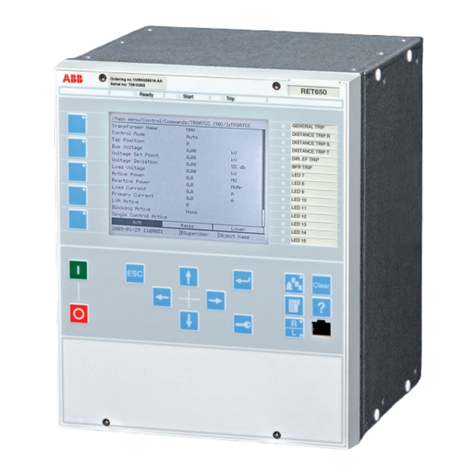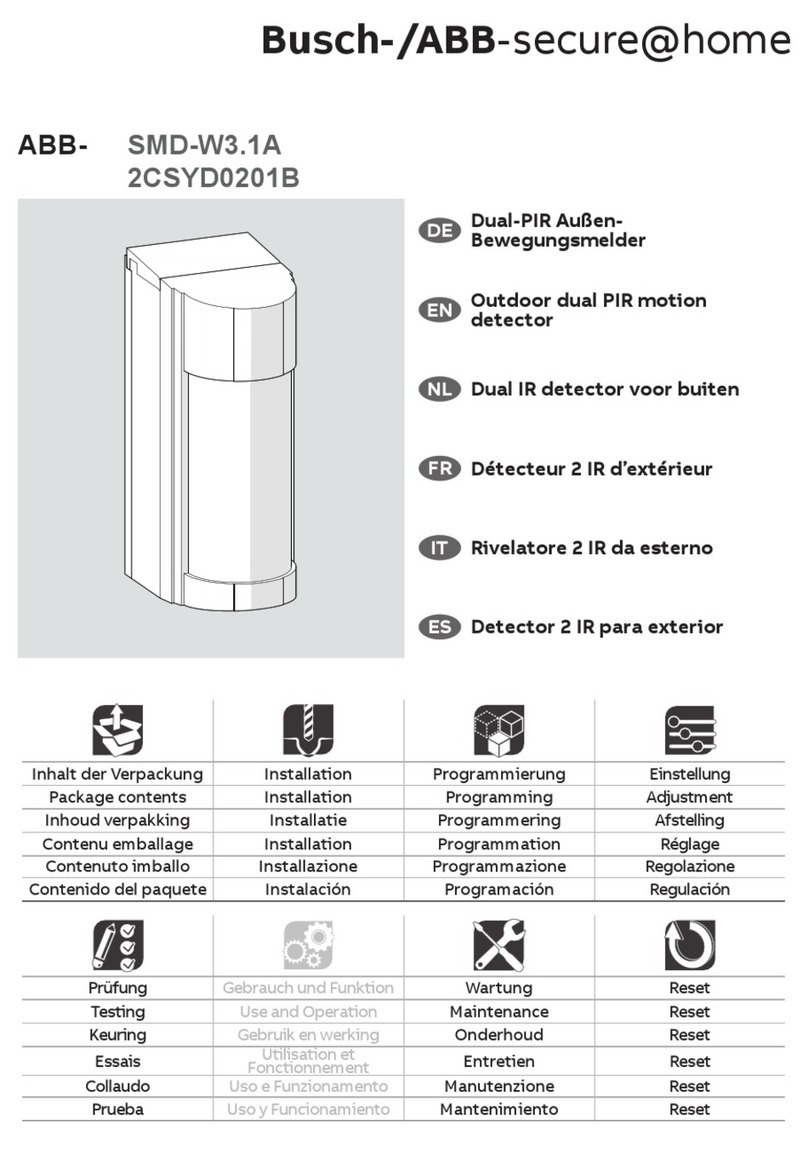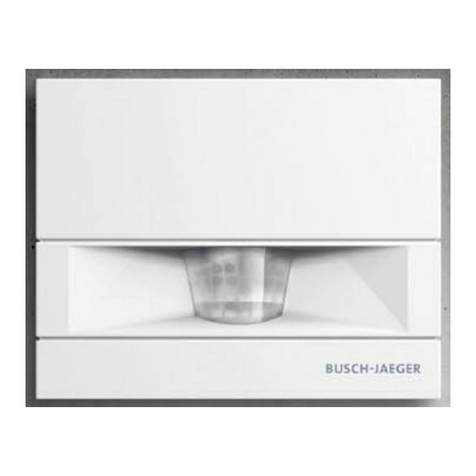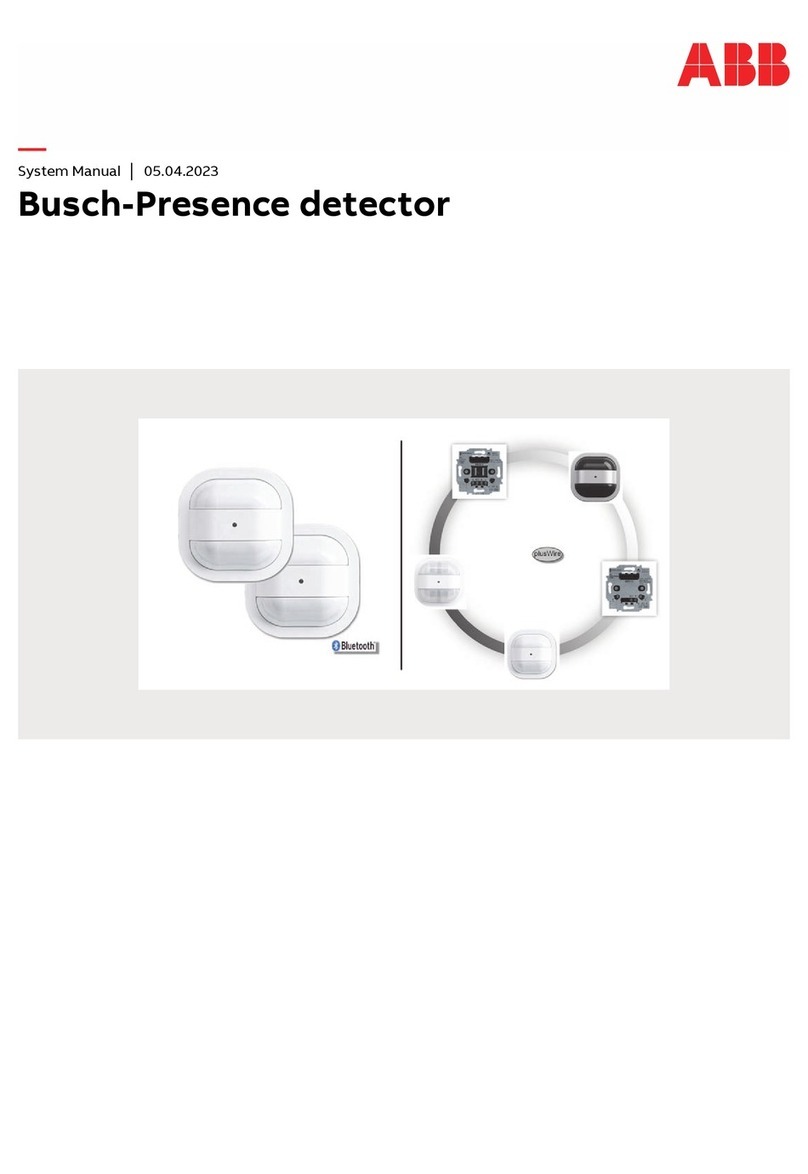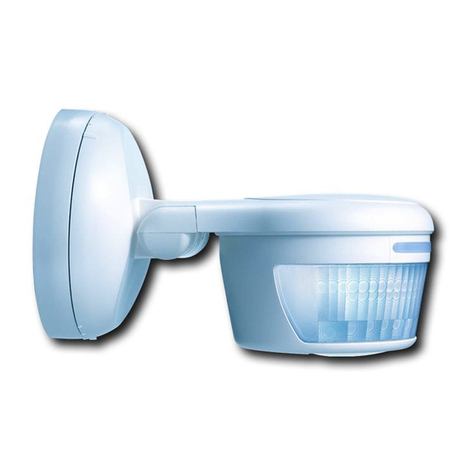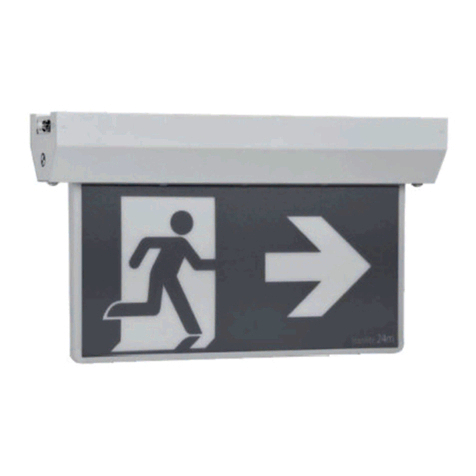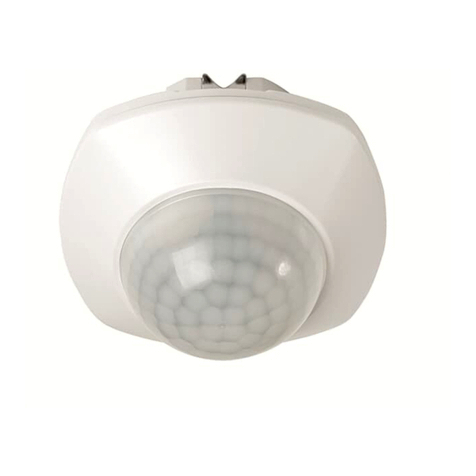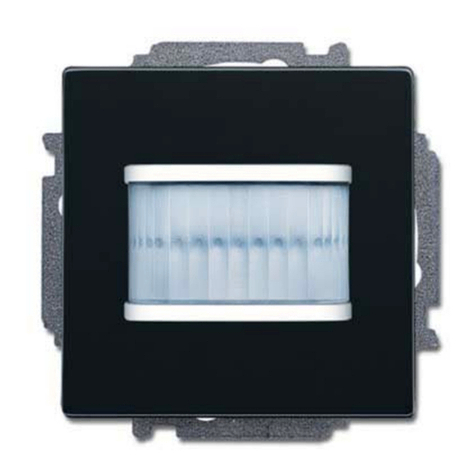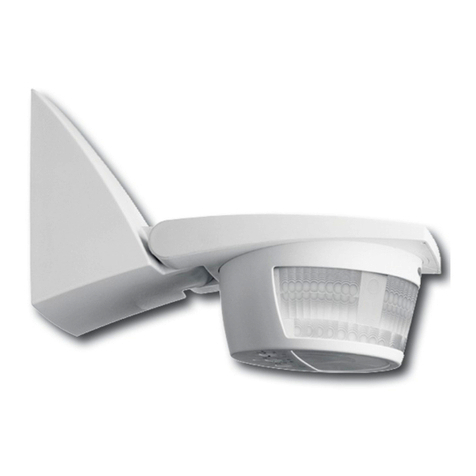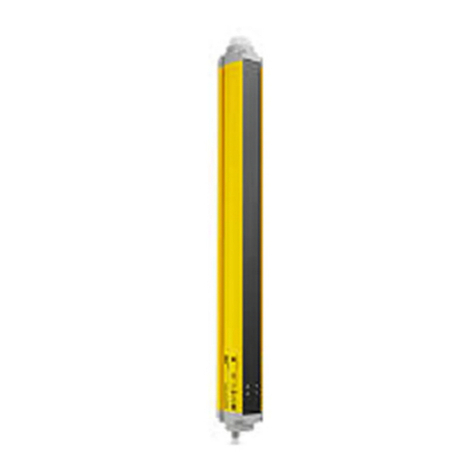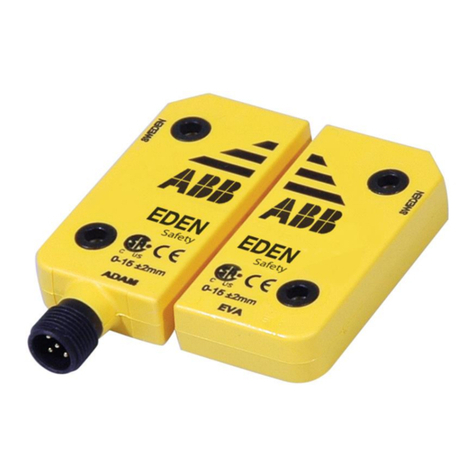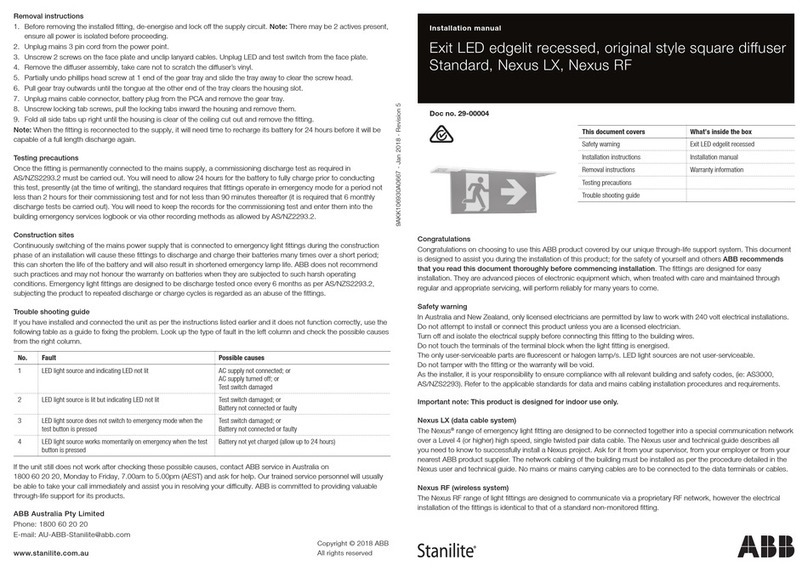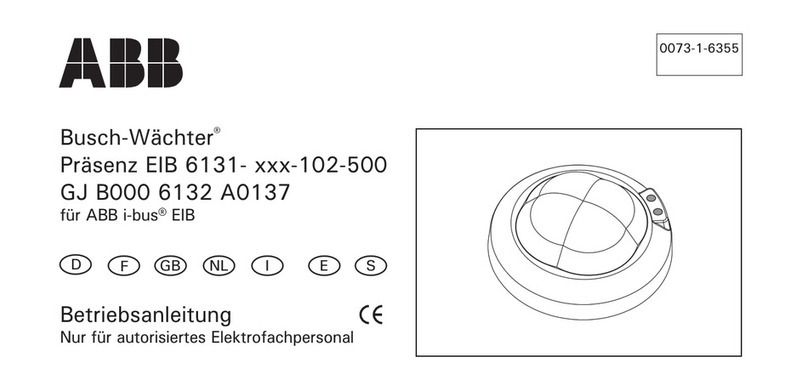January 2019 KPM KB2 Man W41100099V1.8 1
Table of contents
This manual is applicable for software version V2.16 and later
1Quick start-up guide.......................................................................................................3
1. Preparing installation..........................................................................................................3
2. Sensor unit installation........................................................................................................3
3. Display unit installation.......................................................................................................3
4. Start-up and tuning.............................................................................................................4
5. Final tuning .........................................................................................................................4
1Description......................................................................................................................2
1.1 System components......................................................................................................2
1.2 Operating principle........................................................................................................3
2Installation.......................................................................................................................4
2.1 Delivery limits................................................................................................................4
2.2 Display unit installation..................................................................................................4
2.3 Sensor head installation................................................................................................5
2.4 Fiber optic cable installation..........................................................................................8
3Wiring.............................................................................................................................10
3.1 Wiring and fiber optic cable connection ......................................................................10
3.1.1 KB 110 –230 VAC + power supply .........................................................................10
3.1.2 KB +24 VDC + power supply...................................................................................11
4Operation and configuration.......................................................................................13
4.1 Display and operating keyboard..................................................................................13
4.2 Menu structure ............................................................................................................14
4.3 Configuration...............................................................................................................15
4.4 Set-up..........................................................................................................................19
4.5 Maintenance................................................................................................................20
4.6 Parameters..................................................................................................................24
5Start-up..........................................................................................................................25
5.1 Tuning sensor position................................................................................................25
5.2 Reference values for Paper and Break.......................................................................25
5.3 Auto Limit = Configuring KB for break detection.........................................................25
5.4 Auto Alarm...................................................................................................................25
5.5 Examples.....................................................................................................................26
6Maintenance..................................................................................................................27
6.1 Regular maintenance..................................................................................................27
6.2 Alarms.........................................................................................................................27
6.3 Cleaning the sensor ....................................................................................................29
Appendix 1: Quick start-up guide.....................................................................................30
Appendix 2: Spare parts ....................................................................................................32
Appendix 3: KB model selection.......................................................................................34
Appendix 4: Technical specifications ..............................................................................35
Appendix 5: Settings and variables..................................................................................36
